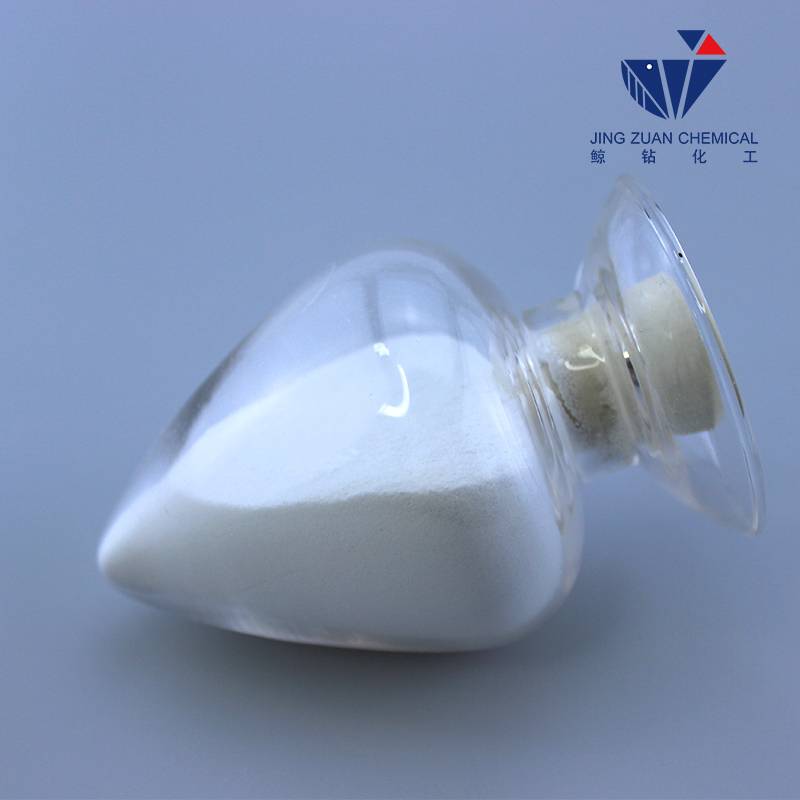
జూలై . 26, 2024 16:26 Back to list
Understanding the Characteristics and Applications of Redispersible Polymer Powder in Various Industries
Redispersible Polymer Powder An Overview
Redispersible polymer powders are a crucial component in the construction and building materials industry. They are versatile additives that significantly enhance the performance and quality of various formulations, including adhesives, mortars, and sealants. These powders are essentially dried dispersions of polymers that, when mixed with water, can be re-dispersed to form a stable emulsion. This unique property makes them highly valuable in a variety of applications.
The primary function of redispersible polymer powders is to improve the adhesion, flexibility, and water resistance of cement-based products. When added to dry mix formulations, these powders create a polymer-modified system that exhibits superior performance characteristics compared to traditional cement products. The polymers used can vary significantly, including styrene-acrylic, vinyl acetate-ethylene, and other copolymers, each contributing different properties that enhance the end product.
One of the primary advantages of using redispersible polymer powders is their ability to improve the workability of mortars and adhesives. They provide better mixing and application properties, allowing for easier handling and application by contractors. Additionally, these powders aid in the prevention of cracking and shrinkage during the curing process by introducing elasticity into the matrix of the material.
Another significant benefit of redispersible polymer powders is their water resistance. This is particularly important for exterior applications or in areas with high moisture exposure. By incorporating these polymers, the modified mixes exhibit a lower permeability, which helps to protect the underlying structures from moisture damage. This enhanced durability is critical for ensuring the longevity and performance of building materials.
redispersible polymer powder wiki

The environmental benefits of redispersible polymer powders should also be noted. Many formulations can be designed to be low in volatile organic compounds (VOCs), contributing to healthier indoor air quality and reducing the environmental impact of construction projects. Innovations in this area are making it increasingly feasible for manufacturers to produce eco-friendly products without compromising performance.
Moreover, the versatility of redispersible polymer powders allows them to be used in a wide range of applications, such as tile adhesives, exterior insulation and finish systems (EIFS), self-leveling compounds, and repair mortars
. They can be tailored to meet specific performance criteria, which makes them an indispensable tool for formulators seeking to optimize their products.In production, redispersible polymer powders are typically made through spray-drying techniques. This process entails the atomization of a polymer emulsion, followed by drying to produce a fine powder. The quality of the emulsion and the drying process directly influence the properties of the final powder, including its dispersibility, solubility, and performance when mixed with water.
When using redispersible polymer powders, it is essential to consider factors such as the particle size distribution, the formulation pH, and the specific application requirements. Understanding these parameters can help formulators achieve the desired performance characteristics in their end products.
In conclusion, redispersible polymer powders are an essential ingredient in the modern construction industry. Their ability to improve adhesion, flexibility, and water resistance makes them highly valuable for a variety of applications. As the demand for advanced building materials continues to grow, the role of redispersible polymer powders will undoubtedly expand, leading to further innovations and improved construction practices. These powders not only enhance the performance of construction materials but also offer environmental benefits, making them a key component in sustainable building solutions.
-
Versatile Hpmc Uses in Different Industries
NewsJun.19,2025
-
Redispersible Powder's Role in Enhancing Durability of Construction Products
NewsJun.19,2025
-
Hydroxyethyl Cellulose Applications Driving Green Industrial Processes
NewsJun.19,2025
-
Exploring Different Redispersible Polymer Powder
NewsJun.19,2025
-
Choosing the Right Mortar Bonding Agent
NewsJun.19,2025
-
Applications and Significance of China Hpmc in Modern Industries
NewsJun.19,2025







